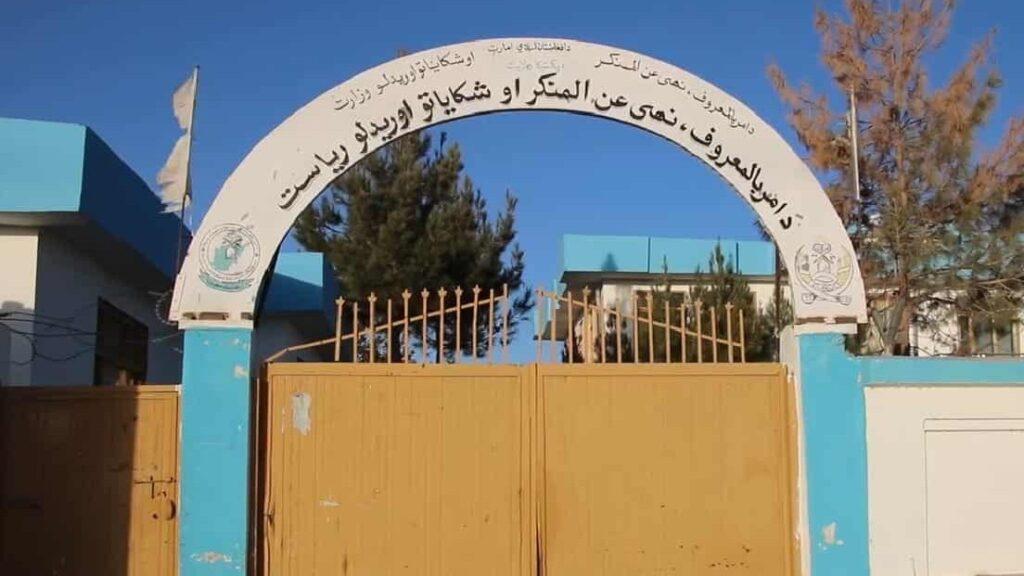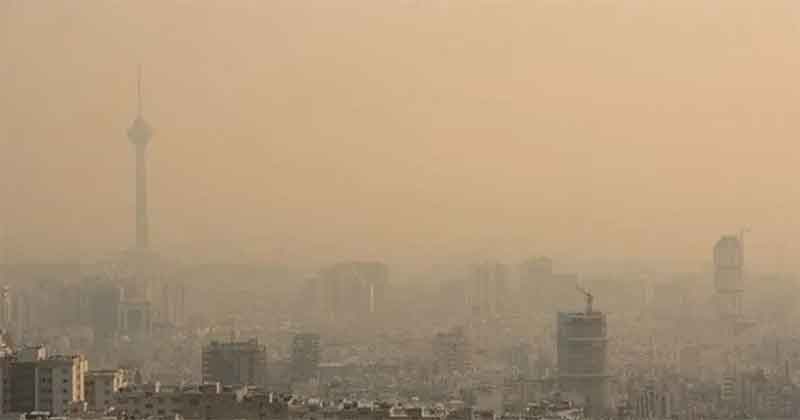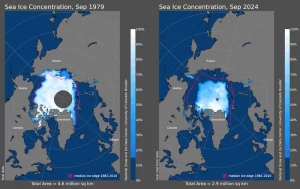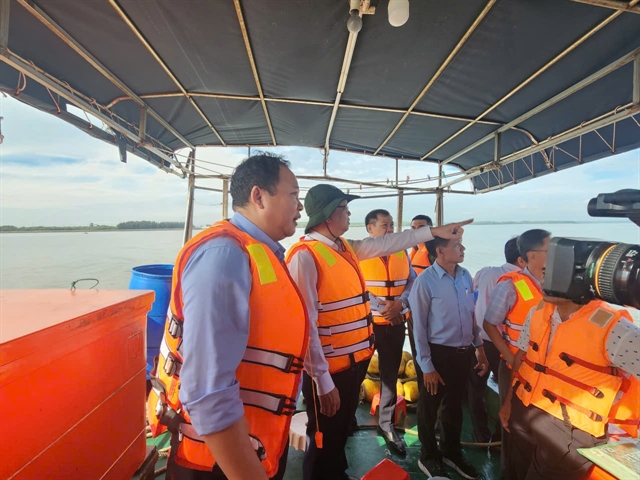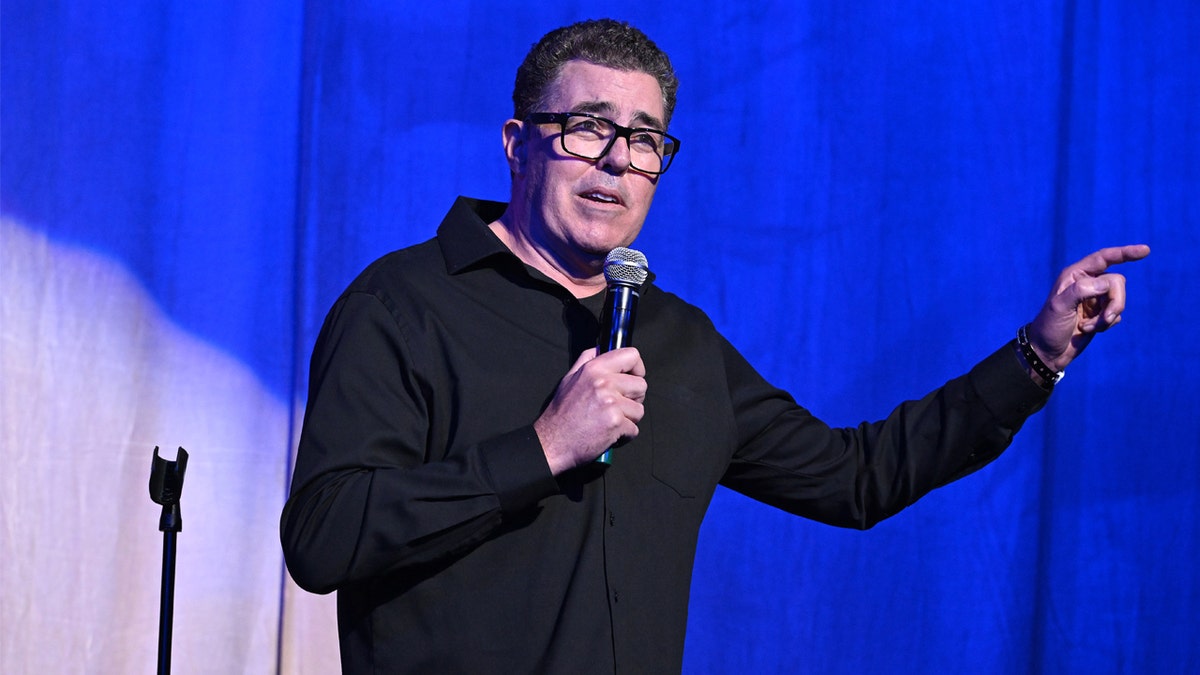SpaceX launches second international satellite to monitor sea level changes — a key indicator of climate change – CBS News

Report on the Sentinel-6B Satellite Mission and its Contribution to Sustainable Development Goals
1.0 Mission Overview
A joint US-European environmental research satellite, Sentinel-6B, was successfully launched aboard a SpaceX Falcon 9 rocket. This mission is the second phase of a billion-dollar project dedicated to the long-term, high-precision measurement of global sea-level changes. The data collected is fundamental to monitoring climate change and advancing multiple United Nations Sustainable Development Goals (SDGs).
2.0 Project Objectives and Alignment with SDGs
The Sentinel-6 mission, comprising satellites Sentinel-6A (launched in 2020) and Sentinel-6B, provides an uninterrupted stream of ocean data, continuing a record that began in the early 1990s. The project’s objectives are directly aligned with achieving global sustainability targets.
- SDG 13 (Climate Action): The mission’s primary goal is to provide definitive data on sea-level rise, one of the most critical indicators of climate change. This information is essential for understanding the rate of global warming and developing effective climate adaptation and mitigation strategies.
- SDG 17 (Partnerships for the Goals): The project is a model of international cooperation, involving a partnership between NASA, the European Space Agency (ESA), the European Organisation for the Exploitation of Meteorological Satellites (EUMETSAT), and the National Oceanic and Atmospheric Administration (NOAA).
3.0 Technological Capability and Data Application
The Sentinel-6B satellite is equipped with advanced instrumentation to ensure data accuracy and broad application in support of sustainable development.
- Instrumentation: A sophisticated cloud-penetrating radar altimeter measures the time it takes for beams to return from the ocean surface, 830 miles below. This allows for the tracking of sea levels with an accuracy of approximately one inch. The satellite also measures wave height, wind speed, and atmospheric temperature and humidity.
- Data for Sustainable Infrastructure and Communities (SDG 9 & SDG 11): The collected measurements are crucial for:
- Improving flood prediction models for coastal infrastructure, real estate, and energy assets.
- Informing resilient city planning and protecting commercial and defense interests along coastlines.
- Enhancing the safety and efficiency of navigation, shipping, and search and rescue operations.
- Data for Environmental Protection (SDG 6, SDG 14): The mission contributes to the protection of vital natural resources by:
- Monitoring and predicting coastal erosion.
- Tracking saltwater encroachment into inland freshwater supplies used for agriculture, irrigation, and municipal drinking water, directly supporting clean water and food security goals.
- Providing data that underpins the sustainable management of industries like commercial fishing (Life Below Water).
4.0 Mission Significance and Long-Term Impact
The continuous monitoring provided by the Sentinel-6 mission is indispensable for understanding the Earth’s changing climate. The data confirms a consistent trend of rising sea levels, widely attributed to the warming of the planet. By providing this empirical evidence, the mission empowers governments, industries, and communities to make informed decisions that promote resilience, protect ecosystems, and advance the global agenda for sustainable development.
Analysis of Sustainable Development Goals (SDGs) in the Article
1. Which SDGs are addressed or connected to the issues highlighted in the article?
The article highlights several issues that are directly and indirectly connected to a number of Sustainable Development Goals. The primary focus on monitoring sea-level rise as an indicator of climate change links the satellite mission to goals concerning climate, water, and sustainable communities.
-
SDG 13: Climate Action
This is the most prominent SDG addressed. The article explicitly states the satellite’s purpose is to “measure long-term changes in sea level, a key indicator of climate change.” It further mentions that the collected data is “widely interpreted as evidence of global warming caused in large part by human industrial activity.”
-
SDG 14: Life Below Water
The mission directly involves the world’s oceans, covering “90 percent of the world’s oceans.” The data collected on sea level, wave height, and wind speeds “underpins navigation… and industries like commercial fishing and shipping,” which relates to the sustainable use of marine resources.
-
SDG 11: Sustainable Cities and Communities
The article connects the satellite’s data to urban and coastal planning. It notes that the data is “key to helping improve public safety, city planning and protecting commercial and defense interests” and forms the basis for “U.S. flood predictions for coastal infrastructure, real estate, energy storage sites and other assets along our shoreline.”
-
SDG 6: Clean Water and Sanitation
A direct link is made to the protection of freshwater resources. The data will help scientists “understand and predict… salt water encroachment into inland supplies of water that are used for… municipal drinking water.”
-
SDG 9: Industry, Innovation, and Infrastructure
The project itself is a testament to this goal. It is described as a “joint NASA-European environmental research satellite” and a “billion-dollar project” featuring “sophisticated cloud-penetrating radar.” This represents a significant investment in scientific research, technology, and infrastructure for environmental monitoring.
-
SDG 17: Partnerships for the Goals
The article clearly outlines the international cooperation behind the mission, stating it is “a collaboration between NASA, the European Space Agency, the European Organization for the Exploitation of Meteorological Satellites (EUMETSAT) and the National Oceanic and Atmospheric Administration.”
2. What specific targets under those SDGs can be identified based on the article’s content?
Based on the functions and applications of the Sentinel-6B satellite described in the article, several specific SDG targets can be identified:
-
Target 13.1: Strengthen resilience and adaptive capacity to climate-related hazards
The article explains that the data is used for “U.S. flood predictions for coastal infrastructure” and helps “understand and predict coastal erosion.” This directly contributes to building resilience against climate-related hazards like rising sea levels and coastal flooding.
-
Target 11.5: Reduce the impact of water-related disasters
By providing data for flood predictions and city planning, the mission aims to mitigate the effects of disasters on coastal communities, which aligns with reducing economic losses and protecting people and infrastructure.
-
Target 14.a: Increase scientific knowledge and research capacity related to oceans
The entire project is designed to provide an “uninterrupted stream of sea level data,” building on missions “dating back to the early 1990s.” This enhances scientific understanding of ocean dynamics and the impacts of climate change, which is the core of this target.
-
Target 9.5: Enhance scientific research and upgrade technological capabilities
The launch of a “sophisticated environmental research satellite” equipped with advanced radar technology is a clear example of enhancing scientific research and technological capacity for environmental monitoring.
-
Target 17.6: Enhance international cooperation on science, technology, and innovation
The partnership between multiple US and European space and atmospheric agencies to fund, build, and operate the Sentinel-6 satellites is a direct implementation of this target.
3. Are there any indicators mentioned or implied in the article that can be used to measure progress towards the identified targets?
Yes, the article explicitly and implicitly mentions several indicators that are being measured by the satellite mission to track progress on climate change and its impacts.
-
Changes in Sea Level
This is the primary indicator mentioned. The article states the project’s goal is to “measure long-term changes in sea level,” calling it the “greatest indicator of this Earth system imbalance.” The satellite can track sea levels “to an accuracy of about one inch.” This is a direct indicator for SDG 13.
-
Wave Height and Wind Speeds
The article notes that the satellite also measures “wave height and wind speeds.” These are crucial indicators for marine navigation, safety, and understanding ocean dynamics, relevant to SDG 14.
-
Atmospheric Temperature and Humidity
It is mentioned that the satellite will “monitor temperature and humidity in the lower atmosphere.” These are fundamental climate variables and direct indicators for monitoring climate change under SDG 13.
-
Rate of Saltwater Encroachment (Implied)
The article states the data will help “understand and predict… salt water encroachment into inland supplies of water.” While not directly measured by the satellite, the sea-level data is a key input for models that calculate this rate, making it an implied indicator relevant to SDG 6.
-
Rate of Coastal Erosion (Implied)
Similarly, the data helps scientists “understand and predict coastal erosion.” The rate of erosion is an implied indicator for which the satellite’s measurements are essential, relevant to SDG 11 and SDG 13.
4. Summary Table of SDGs, Targets, and Indicators
| SDGs | Targets | Indicators |
|---|---|---|
| SDG 13: Climate Action | 13.1: Strengthen resilience and adaptive capacity to climate-related hazards. | – Long-term changes in sea level – Atmospheric temperature and humidity |
| SDG 14: Life Below Water | 14.a: Increase scientific knowledge, develop research capacity and transfer marine technology. | – Sea level measurements – Wave height – Wind speeds |
| SDG 11: Sustainable Cities and Communities | 11.5: Reduce the impact of water-related disasters on cities and settlements. | – Data for flood predictions – Rate of coastal erosion (Implied) |
| SDG 6: Clean Water and Sanitation | 6.6: Protect and restore water-related ecosystems. | – Rate of saltwater encroachment into freshwater supplies (Implied) |
| SDG 9: Industry, Innovation, and Infrastructure | 9.5: Enhance scientific research and upgrade technological capabilities. | – Development and launch of sophisticated environmental research satellites |
| SDG 17: Partnerships for the Goals | 17.6: Enhance international cooperation on science, technology, and innovation. | – Collaboration between NASA, ESA, EUMETSAT, and NOAA on the Sentinel-6 mission |
Source: cbsnews.com
What is Your Reaction?
 Like
0
Like
0
 Dislike
0
Dislike
0
 Love
0
Love
0
 Funny
0
Funny
0
 Angry
0
Angry
0
 Sad
0
Sad
0
 Wow
0
Wow
0








